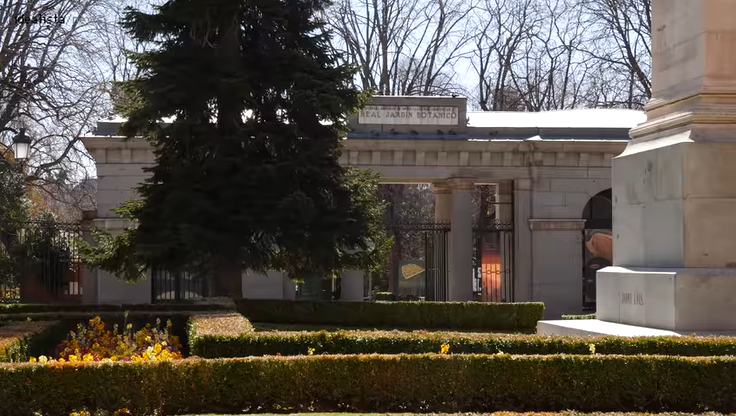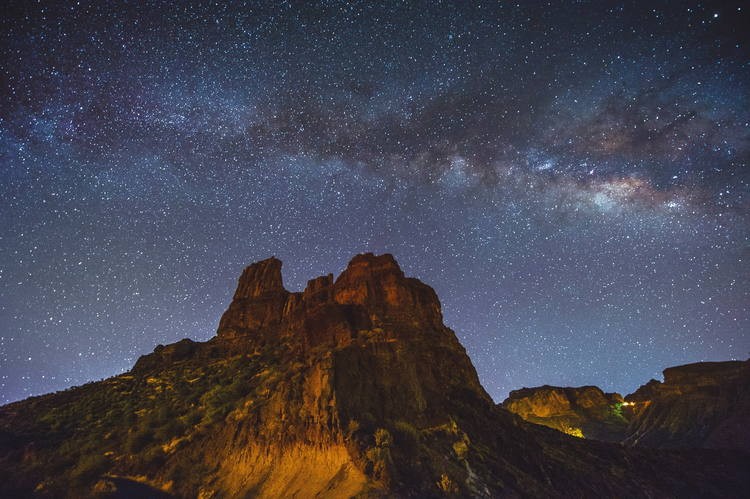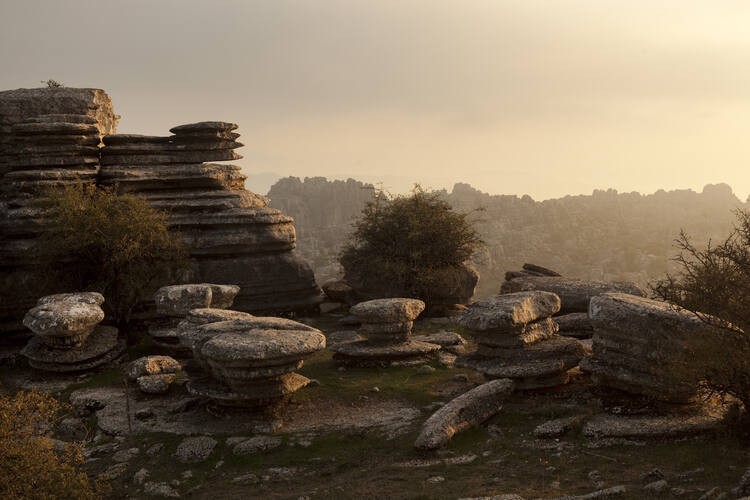
Spain now counts 50 UNESCO World Heritage Sites, with a spread that runs from prehistoric stone architecture to enlightened urban planning. The most recent additions bring together cave sanctuaries, museum-lined boulevards and entire prehistoric cultures shaped in limestone.
Spain’s latest inscriptions
Sacred, historic spots are still being added to Spain's impressive collection of UNESCO World Heritage Sites.
- 2023: Talayotic Culture of Menorca (Balearic Islands)
- 2021: Paseo del Prado and Buen Retiro, Landscape of Light (Madrid)
- 2019: Risco Caído and the Sacred Mountains of Gran Canaria (Canary Islands)
- 2018: Caliphate City of Medina Azahara (Córdoba)
- 2016: Antequera Dolmens (Málaga)
Most recent UNESCO World Heritage sites in Spain

Talayotic Culture of Menorca
Menorca’s Talayotic Culture earned inscription for a remarkable prehistoric landscape of talayots, taulas and navetas that spans over a thousand years of Balearic life. These stone-built settlements, sanctuaries and watchtowers sit within dry‑stone field systems and low hills, showing how people shaped the island long before classical antiquity.
Highlights include the Naveta d’Es Tudons, taula sanctuaries at Torralba d’en Salort and settlement complexes like Torre d’en Galmés. The island’s dark skies and the warm glow of limestone at dusk add atmosphere, and the craftsmanship in the masonry is a quiet revelation once you’re up close.
- Find your holiday rental in Madrid
- Find property for sale in Menorca
The Paseo del Prado and El Retiro
Inscribed in 2021, Madrid’s Landscape of Light is recognised as an urban ensemble where science, culture and nature were woven into a civic spine from the 16th century onwards. One of Spain's must-see UNESCO sites, the tree‑lined Prado linked the Royal Botanical Garden and the Royal Observatory, setting a European benchmark for public space shaped around wellbeing and knowledge.
Today, the museum mile gathers the Prado, Thyssen‑Bornemisza and Reina Sofía along a green corridor that flows into Retiro’s gardens and lakes. Look for the Fallen Angel fountain and the 19th‑century glasshouse, and trace the old Enlightenment institutions through plaques and displays around the boulevard.
- Find your holiday rental in Madrid
- Find property for sale in Madrid

Risco Caido and the Sacred Mountains of Gran Canaria
High in Gran Canaria’s central massif, volcanic cliffs shelter a cultural landscape of cave dwellings, granaries and ritual spaces carved by pre‑Hispanic islanders. The inscription highlights how domestic life, agriculture and sky‑watching were integrated into soft tuff and basalt, with terraces stepping down towards ravines.
At the Risco Caído complex, two cave‑temples feature skylights believed to mark solar and lunar cycles across the seasons. Rock faces shift from russet to ash grey as the light moves, and nearby interpretation centres help decode cosmology, farming and craftsmanship before the Castilian conquest.

Caliphate City of Medina Azahara
Raised in the 10th century by the Umayyads of al‑Andalus, Medina Azahara was a palatine city set on terraced slopes beneath the Sierra Morena. Water channels, carved capitals and reception halls projected caliphal power and artistry in a landscape carefully engineered for ceremony and display.
Sacked within a century and later forgotten, the city resurfaced through 20th‑century archaeology, reshaping understanding of Western Islamic civilisation at its peak in Iberia. The on‑site museum gives essential context before you walk the columned halls, garden plots and pebble mosaics up on the ridge.
- Find your holiday rental in Cordoba
- Find property for sale in Cordoba

Antequera Dolmens
Antequera brings together the Menga and Viera dolmens with the burial site Tholos de El Romeral. This megalithic complex is one of Spain's lesser-known UNESCO sites, notable for its colossal stones and unusual alignments. Rather than face the rising sun, Menga points directly to the dramatic rock of La Peña de los Enamorados, tying architecture to landscape in a way that still feels bold.
To the south, El Torcal’s karst towers frame the wider sacred setting. Step inside to find corbelled ceilings and cool chambers that speak to Neolithic and Bronze Age ceremony, community and engineering on a startling scale.
- Find your holiday rental in Malaga
- Find property for sale in Malaga

Stay inspired for your travels in Spain—get our weekly newsletter for the latest travel guides, cultural news, and lifestyle tips.
